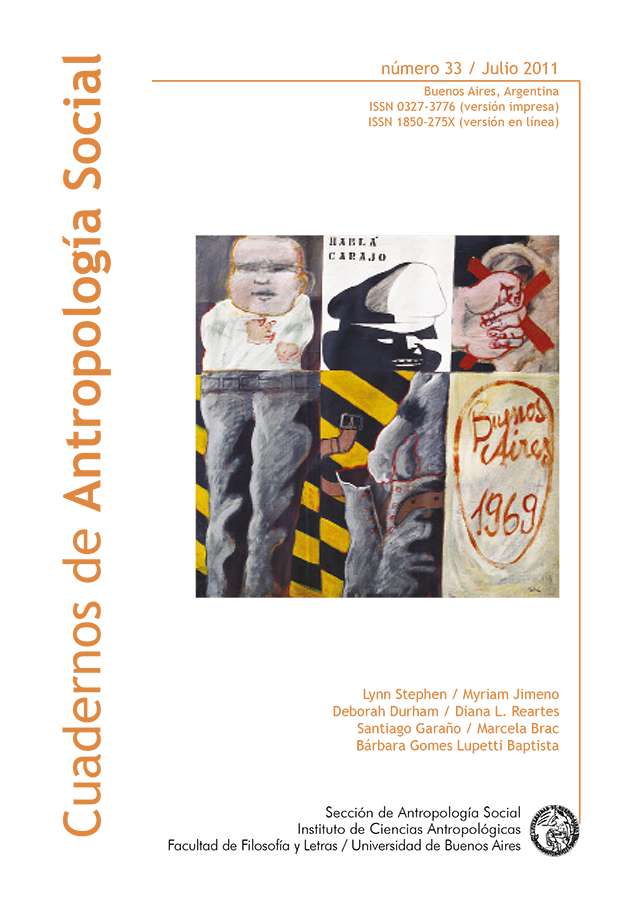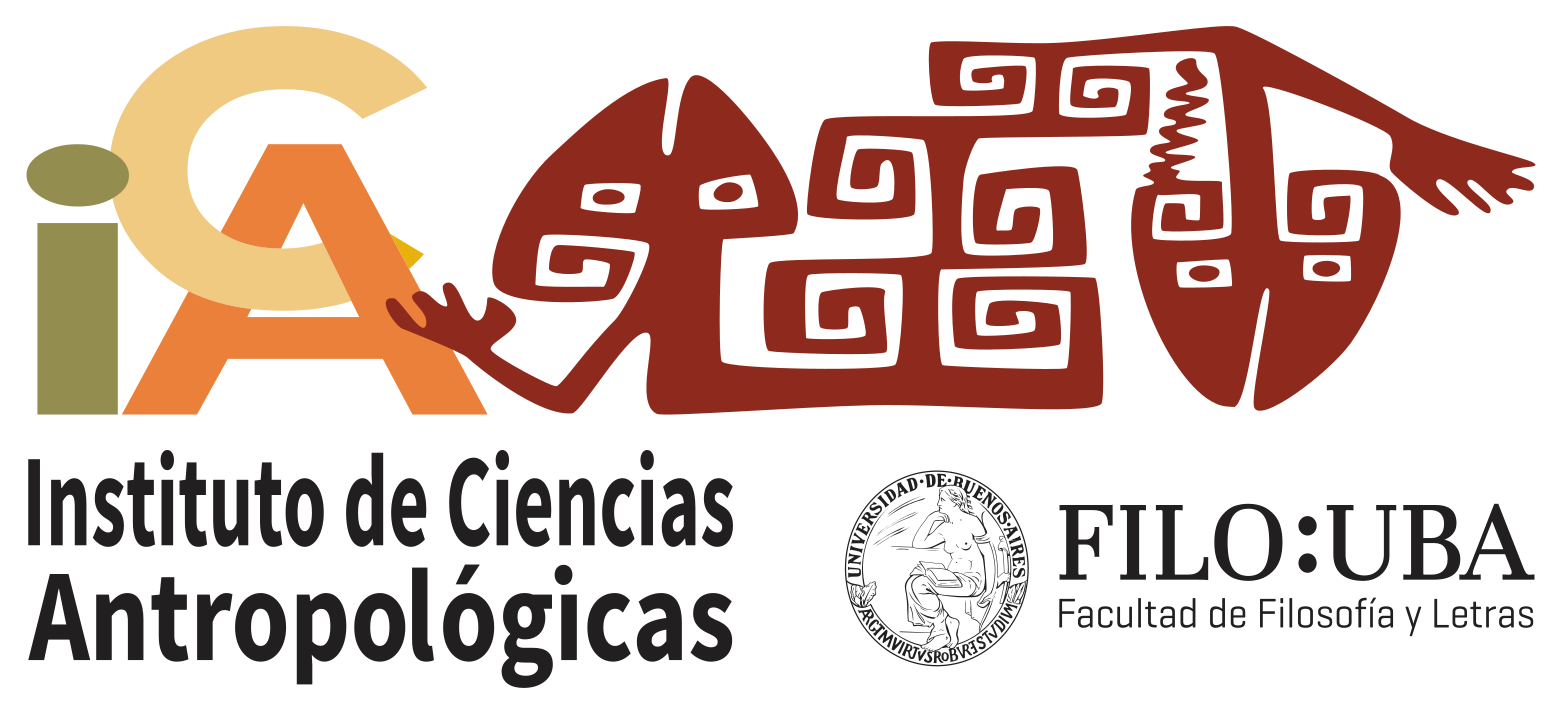Cultural Heritage and emergent tourism. Villa Guillermina from worker villages to a new tourist destination. A case study
Abstract
In recent years the province of Santa Fe, has promoted a policy for the creation of new tourist destinations, with the purpose of contributing to local economic development. Villa Guillermina, located at the santafesina Cuña Boscosa, in the north of the province, integrates the circuit “Camino del Tanino- Pueblos Forestales” (Tanino Road - Forest Villages). The construction of the tourist destination is based on the appropriation of the historical cultural heritage of the forest villages, which emerged in the early twentieth century due to industrial forest activity. In this article, I expose an analysis of tourist exploitation in peripheral areas, characterized by a rural context and no tourist precedents. I examine how heritage's activation with tourist purposes at a local level is produced, and propose the State role on the tourist activity as a development factor.Downloads

Esta obra está bajo una Licencia Creative Commons Atribución 4.0 Internacional
Cuadernos de Antropología Social sostiene su compromiso con las políticas de Acceso Abierto a la información científica, al considerar que tanto las publicaciones científicas como las investigaciones financiadas con fondos públicos deben circular en Internet en forma libre, gratuita y sin restricciones.
Los contenidos y opiniones expresadas en los artículos publicados son de entera responsabilidad de sus autores.
Los autores/as que publiquen en esta revista aceptan las siguientes condiciones:
- Los autores/as conservan los derechos de autor y ceden a la revista el derecho de la primera publicación, bajo la licencia de atribución de Creative Commons, que permite a terceros utilizar lo publicado siempre que mencionen la autoría del trabajo y a la primera publicación en esta revista.
- Los autores/as pueden realizar otros acuerdos contractuales independientes y adicionales para la distribución no exclusiva de la versión del artículo publicado en esta revista (p. ej., incluirlo en un repositorio institucional o publicarlo en un libro) siempre que indiquen claramente que el trabajo se publicó por primera vez en esta revista.















